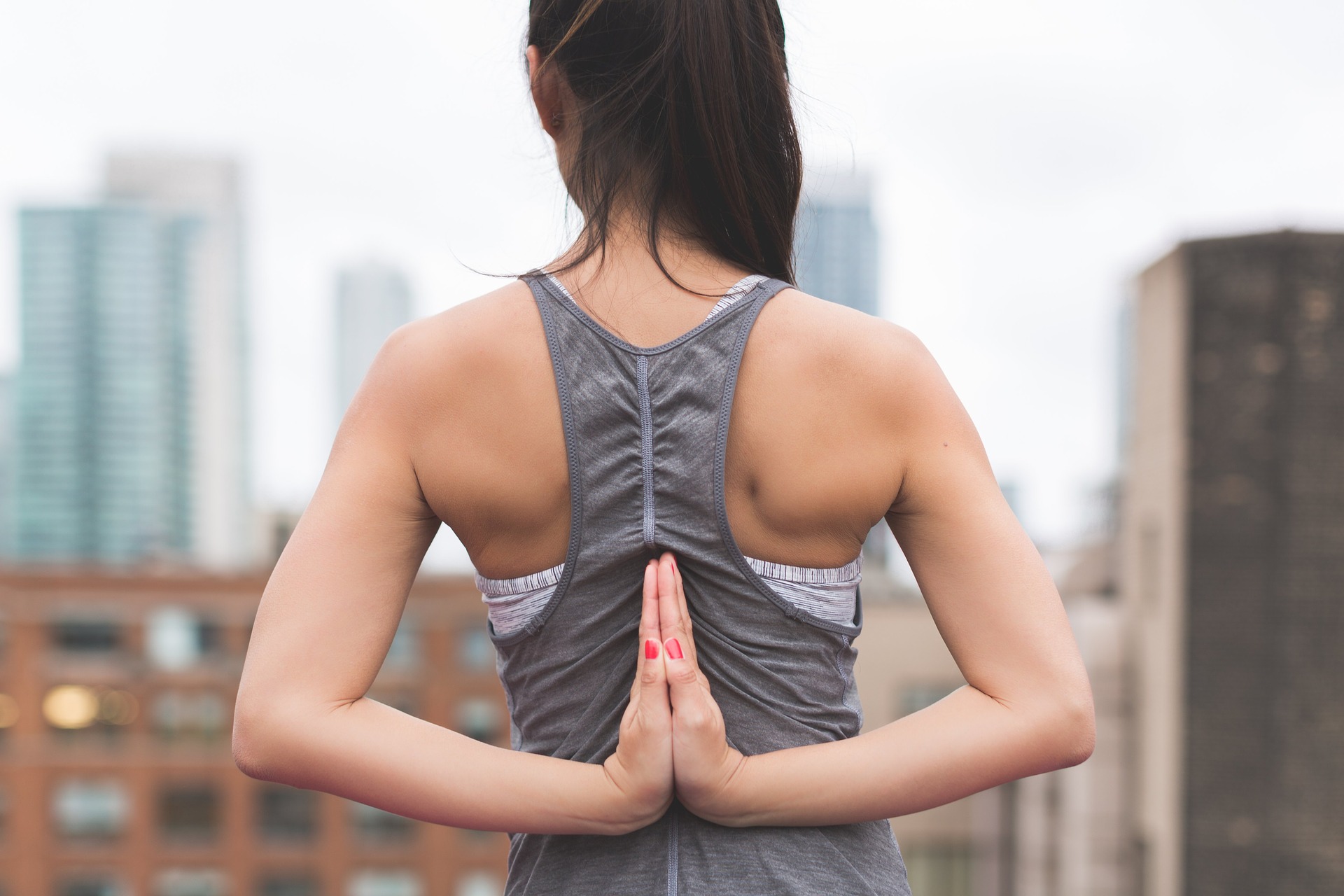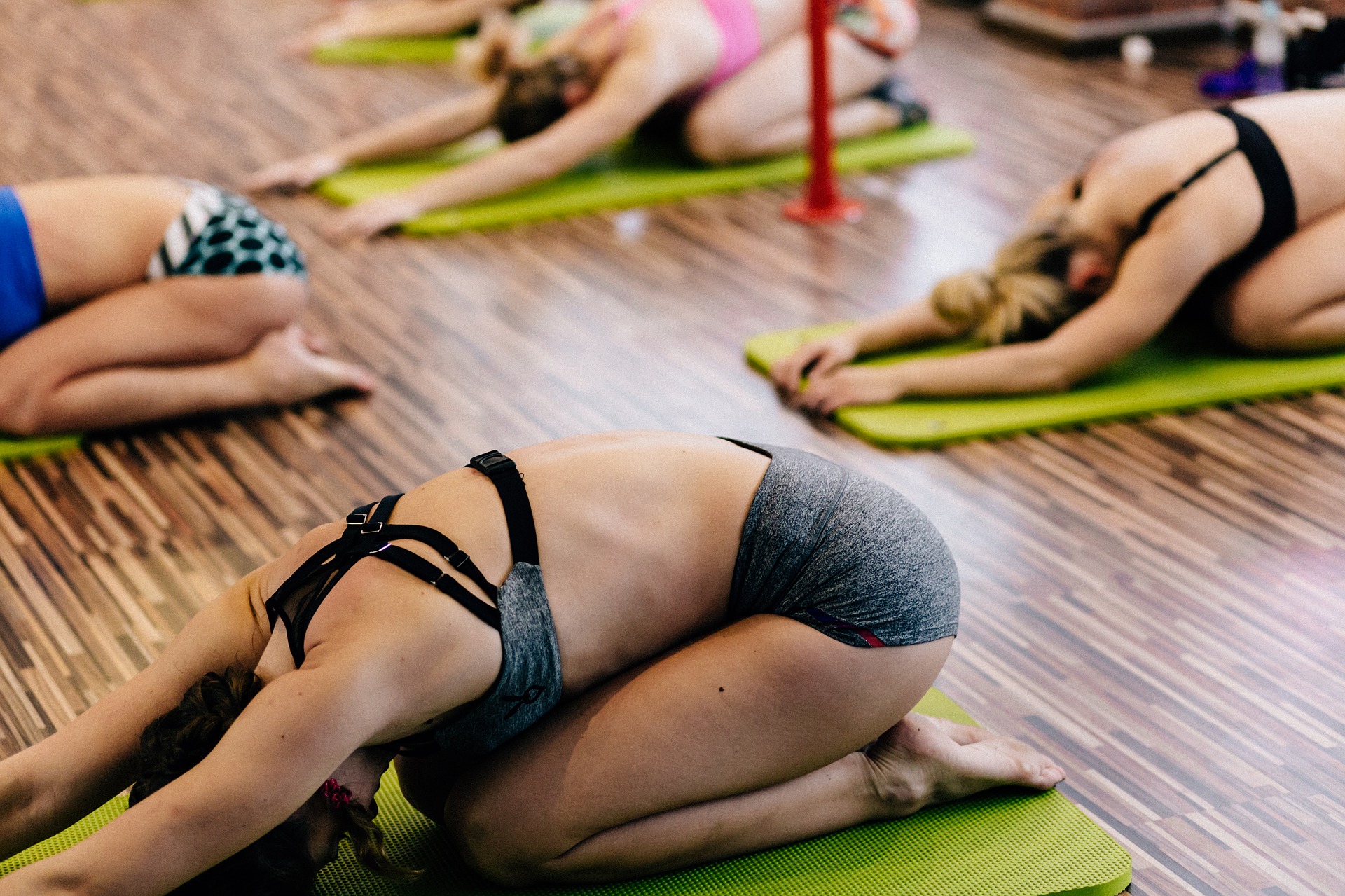THIS PAGE MAY CONTAIN AFFILIATE LINKS. PLEASE CHECK MY DISCLOSURE STATEMENT FOR MORE INFO
Mobility drills and warm ups could be your simple solution if you want to move better and do more without pain.
I get it… You are super busy. When you hit the gym you want to get down to business, turn up the heat, hit those muscle groups, burn some calories and get on with life. You might be tempted to skip the warm up when you work out. After all, you only have so much time to exercise. But is it worth it?
A proper warm up is a critical component of your fitness routine, and skipping it could have unpleasant and even dangerous results—such as muscle strain, muscle injury and pain. The women I see in my gym are becoming more and more concerned with getting injured because as they age recovery takes longer and they want to be able to get out and enjoy life.
Oh yeah, and a proper warm-up will actually IMPROVE your workout performance! This means… You’ll have a better ability to burn lean muscle, burn more fat and get stronger because your ability to move properly will allow you to get more done in a safer way.
The Warm-up: Basics
A warm up is a short workout low intensity period at the beginning of your exercise session that prepares your body for the upcoming efforts
The purpose of a traditional warm up is to slightly increase your heart rate. This raises your core body temperature and increases the blood flow to your muscles. Cold muscles and other connective tissues do not stretch very easily. A warm up session literally warms them up and relaxes them, making them more supple and ready to work.
Without a warm up, you will be more susceptible to sprained muscles, cramps and injury. Ultimately, these effects could keep you from exercising for an extended period of time as you recover, which is not conducive to the healthy lifestyle you desire. And we decide early, we are too busy living life to spend time being injured! We’ve got things to do!
It takes about three minutes for your body to realize that it needs to move more blood to your muscles, so the ideal warm up time is between five and ten minutes… That’s really not that much time if you think about it!
There is no set prescription for what your warm up should consist of. You can choose a set of preparatory exercises (such as squats, lunges, toe touches, etc.,) or you can do a light intensity version of the exercises that you will be doing in your upcoming workout (a brisk walk to prepare for a run, for example, or lifting light weights before increasing the load).
The Warm-Up: Advanced Strategy
Now with all that being said about a “basic” warm-up, let me share with you how I personally prepare myself.
For long-term health and fitness combined with your weight loss training efforts it’s imperative to understand that a proper warm-up is about more than just “warming up the body.” It is about preparing the body for movement in various directions and creating pliable muscles to go through these ranges of motion safely. Being able to move through new ranges of motion will allow you to do new exercises that challenge your body in new ways which will then cause it to respond with strength, fat burning and a new shape
We can look at the warm-up as a preparation phase for the workout to come. Through research and practical experience it has been determined that best results are typically seen when an exercise prep routine incorporates 3 key components:
- Tissue Quality
- Corrective Exercise
- Mobility & Activation
Soft Tissue Work
When you experience pain and discomfort in a muscle, it is key to understand that it’s not necessarily about PAIN SITE… it’s about PAIN SOURCE! Muscles can radiate pain to other areas. Almost all chronic joint pain or overuse injuries are caused by tightness and restrictions in the muscles above and below the joint in question. Here are a few examples:
- Knee pain is often caused by restrictions in the tissue of your calves and front/inner/outer thighs.
- Back pain is often caused by restrictions in your glutes and hamstrings.
- Shoulder pain is often caused by restrictions in your thoracic spine (T-Spine), chest and lats.
Tissue quality describes the general health of your muscles and fascial layer (a thin covering that surrounds and connects muscle fibers) that surrounds them all. Over time, we develop scar tissue, adhesions, knots and trigger points due to high-intensity training and overuse. We can also develop “stuck” areas as a result of long periods of sitting.
The best way to address this tightness is to learn how to properly self-massage sore, tight, and restricted muscle groups to regenerate tissue both pre and post-workout to promote injury reduction and allow for a smoother, more productive workout.
In addition, self-massage before stretching allows for a better, more complete stretch by smoothing out the knots…. We call this a “releasing a muscle”. You should always precede flexibility work with soft tissue work for best results.
You can use foam rollers like this one
Muscle release tools like trigger point balls and tennis balls will also do wonders to release the muscle.
This month on my Missi Balison Fitness Facebook Page I will be going over lots of techniques with these tools.
During this soft tissue release you are actually actively seeking out a little bit of pain! You want to roll the ball, for example, over a painful spot in the muscle, hold it there until the pain subsides and move on to the next spot. Be patient, this can take 60-90 seconds.
This is the only time to ever seek out pain when it comes to proper training. The pain response will trigger the brain to relax, or release, the tight muscle that is causing the problems.
The best analogy I can give you is this:
If it hurts that much when you put pressure on your muscles, just imagine how bad your joints must feel!
Corrective Exercise
 We all have unique “issues” with our body mechanics and functional movement capabilities. For some it’s a lack of flexibility, while others there may be a balance or mobility issue. Perhaps there’s an imbalance where one side is significantly “stronger” than the other leading to postural distortions and overcompensation injuries. You can find out your individual corrective needs by seeking out the help of professional Physical Therapist or a well trained Certified Personal Trainer. (Hey, I know a girl if you need help. Click HERE to learn more about my Personal Training Services) The trainer will watch you move through various movement patterns and identify limitations and imbalances.
We all have unique “issues” with our body mechanics and functional movement capabilities. For some it’s a lack of flexibility, while others there may be a balance or mobility issue. Perhaps there’s an imbalance where one side is significantly “stronger” than the other leading to postural distortions and overcompensation injuries. You can find out your individual corrective needs by seeking out the help of professional Physical Therapist or a well trained Certified Personal Trainer. (Hey, I know a girl if you need help. Click HERE to learn more about my Personal Training Services) The trainer will watch you move through various movement patterns and identify limitations and imbalances.
She will then create a program that will include exercises that will be most effective to restore proper movement and build strength in the right muscle groups
Mobility & Activation
More than just a typical warm-up, a mobility and activation circuit truly prepares your body for the best workout possible.
Mobility describes the ability of a joint, or a series of joints, to move through an ideal range of motion. Though mobility relies on flexibility, it requires an additional strength, stability, and neuromuscular control component to allow proper movement. If your mobility is limited, so is your ability to perform many exercises correctly. This will either limit your progress or cause injury
Activation is the ability of a muscle group to fire properly. Many times and underused or inappropriately used muscle will not fire and become weak. Other muscles will pick up the slack and can cause overuse or imbalance injuries. The overactive muscles become tighter and more painful and the underactive muscles become weaker… The imbalance becomes greater. Activation is often paired with mobility because many mobility exercises activate key, and often dormant, essential stabilizers in your hips, core and shoulders.
More Than Just a Warm-Up…
So, as you can see, a warm-up is much more than just a warm-up when you’re training smarter for long-term health, fitness and fat loss goals. Don’t forget to add these mobility drills and warm-ups in before you hit those fun summertime activities also.
Think twice before you skip the “warm-up” in your next workout…
Check out the mobility series I am doing over on my Facebook Page
Video 1: Why Mobility
Video 2: The Neck: Time To Be A Rubber Necker


